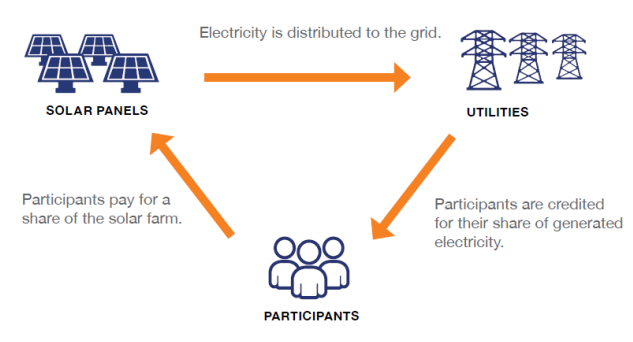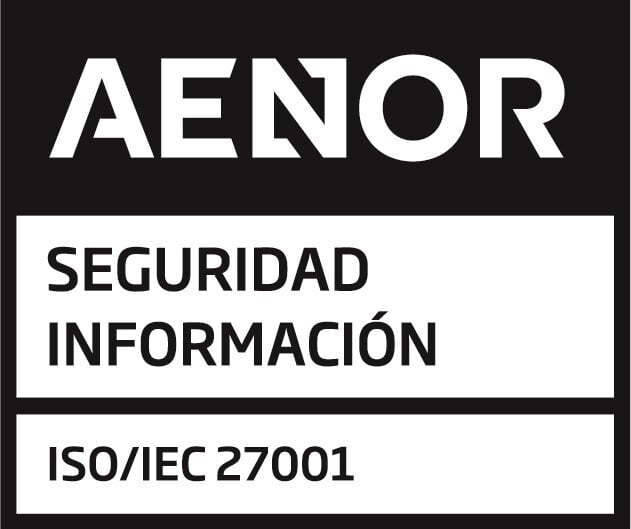For QBI Solutions and proponents of distributed generation, the remarkable growth of renewable PV in the last few years has been an exciting story. Between 2018 and 2019, renewables grew at a blistering pace of 12.2%. The average annual growth rate for the last one decade has been a remarkable 13.7%.
There was a time when consumers had to choose between utility solar from the grid and personal solar PV installation. The availability of a third option, neighborhood community PV, is great news to electricity users. For reduced bills compared to utility solar, consumers can now access benefits of solar PV.
Indeed, people are taking control of their energy future. If you are unaware of this technology or are interested in installation, this short guide is for you. Your comments or additions to the topic are also welcome in the space provided below.
How does Community Solar work?
The term community solar is confusing to some people, but it should not. It has a few distinctive characteristics. A solar farm is developed and customers acquire shares. Typically in the US, this subscription is a way of financing the project. Once the development is up and running and electricity is flowing to the grid, subscribers start earning credits. Subscribers can then reduce their utility bills significantly, say by at least 10%.

Fig 1: Schematic Representation of Community Solar Program (from source)
This is markedly different from the more known rooftop solar. OK, rooftop solar modules can pay back within six years. However, the average home solar system costs at least USD 10,000. Finance the system or even pay upfront, the decade-long contracts that follow can be too restrictive.
Only a small percentage of homeowners have installed rooftop solar because of issues ranging from space suitability and ownership restrictions. Consumers who buy solar PV electricity directly from the utility have their cries too. Most players offer affordable wind and solar PV, but the savings rarely end in the consumer’s pocket. It is not surprising for some of these market options to even cost more.
Neighborhood community PV is the remedy for these challenges.
Do I Need Community Solar?
If you live in a community with interest in shared solar PV, and you consider it a worthwhile step, then give it a go. With this solar installation, you don’t need to install solar panels on your roof. It can work perfectly for people living in shared or rented buildings.
When you take this direction, you will enjoy a number of benefits. The design of the Virtual Net Metering (VNM) is such that solar PV energy is accessible to people or businesses who otherwise lack the financial muscle to install individual system or own a solar farm. There is a financial benefit to this system depending on your solar share and amount of power utilized.
Yes you need neighborhood community PV if you want to contribute environmental friendliness without being bound to long periods of return on your investment. I know that some will dismiss this technology because fossil fuels are still part of the solar panel manufacturing process. While fossil fuels are involved, the level is decreasing with solar capacity increase. In any case, the alternatives to solar power are much worse.
A switch to solar energy by a typical American family reduces annual carbon dioxide emissions by as much as 5 metric tons. That is an offset of about 5,000 pounds of coal. With unequal access, only 20% of Americans can access solar energy. The scenario could be worse in other places.
That is why you and everyone else in your neighborhood should consider community solar as the affordable option to reduce your cabon footprint.
The Next Step
Are you ready to become part of a neighborhood community PV program? You can participate in two different ways: subscription and ownership.
Under subscription method, the utility company develops the solar farm first. Then it offers members an opportunity to participate in the renewable energy project. No upfront fees are required for this setting. The only requirement for consumers is to be residents within the jurisdiction of the utility company providing the renewable energy.
If you choose the ownership route, you will have the chance to buy solar panels and draw power from them. This ownership model is somehow similar to a rooftop solar system because you own some of the solar panels in the farm and it can be structured either in a special purpose arrangement or in a not-for-profit entity.
Thinking of starting a community solar project in your area for a power independent future? You only need to identify the consumers, location for the arrays, legal requirements, financing, construction and maintenance elements, or rely in the specialists who will manage all this on your behalf.
Conclusion
When you are incapable or simply don’t want to install the equipment in your place, community solar is a good alternative. People in lower income residences and renters can take advantage of cost-effective solar PV in the neighborhood.
For more insights into this exciting renewable energy technology visit your local utility company.
About QBI:
QBI offers an end-to-end process optimization and information integration platform that allows our clients to manage their assets and operate optimally in all stages of the project: development, construction, asset management, and M&A. It is designed by, and for, renewable energy professionals, and is flexible and configurable by country, state or region, and technology, regardless of the energy source. Your projects, associated tasks, documentation, dashboards and other project-related information are centralized and digitized.
Additionally, we can connect to any peripheral information system, thus optimizing the use of your infrastructure and assets, reducing operational costs, driving energy efficiency initiatives and improving the financial return on your investment. If you want to join the more than 17 GW of Controlled Capacity managed through QBI, then we have all the information you need in our website.
